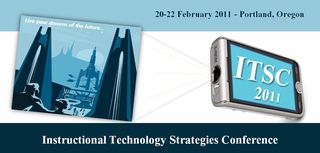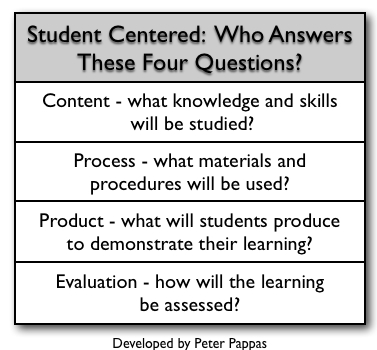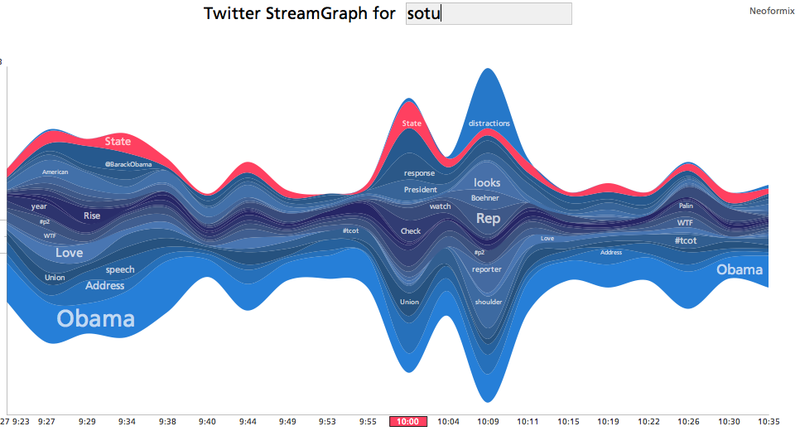I'm pleased to be invited as a guest blogger to the Instructional Technology Strategies Conference 2/20-22 in Portland, Oregon. More on the conference.
ITSC 2011 (twitter/ITSCPDX) is hands-on conference with a clear focus on the practical use of technology in the classroom – workshops are small sessions led by facilitators, not presenters. The facilitator roster includes many of my favorite educators to follow on Twitter – including @ScottElias @timlauer @elemenous @budtheteacher @shareski @irasocol As a recent transplant to Portland, I'll be available to give guided tours of our many fine brewpubs.
The conference is being held at the Airport Sheraton – a short hop to Portland – a great city for food, drink and live music. Check Willamette Week for updates on what's going on. A visit to Powell's City of Books is mandatory – it's the largest independent used and new bookstore in the world. Note: for more on the "keep Portland weird" thing, see Portlandia on IFC.
Transport to the city from the conference is quick and affordable. The Portland thing to do would be ride your bike, but you can take a 35 min MAX light-rail ride (only $2.30). Once you get to TriMet's fareless square downtown, the MAX and street cars are free. Or call Radio Cab (honest, owner-owned cabbies) and ask for the "Radio Flyer special" ($26 downtown – airport). It's about a 15 drive to downtown, the eastside is even closer!
Be on the lookout for me at ITSC 2011. I'll be roaming the conference with my camera and Flip Video. You'll find my tweets @edteck using hashtag #ITSC11. My last guest blogging was done at ASCD in San Antonio. Click here to see the Prezi updates and Twitter visualizations I used to cover the conference.






